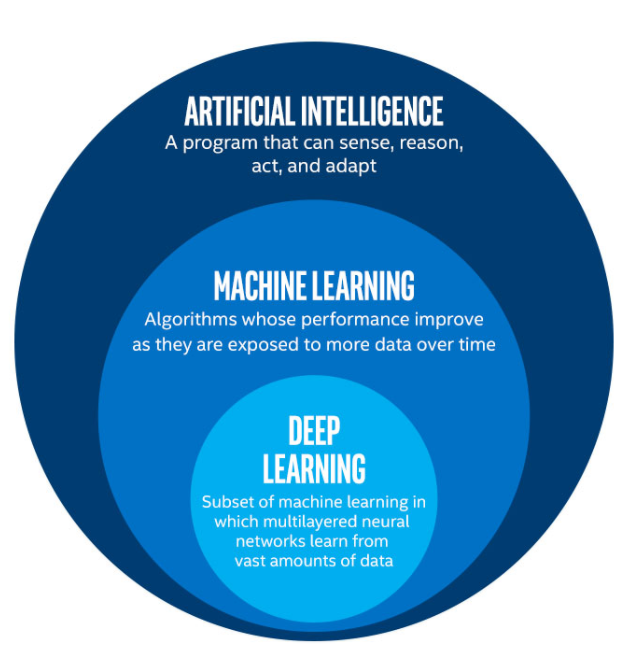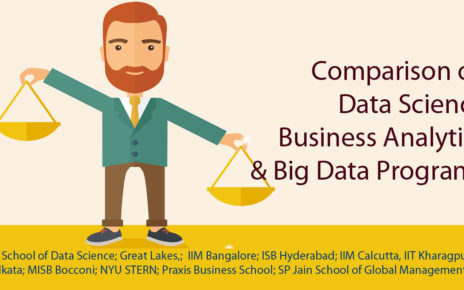A lot of people know about AI, ML and DL but few know about the fine differences between them. One reason for this is that sometimes these terms are used interchangeably. So what exactly is the difference between them? Let us explore:
AI research is defined as the study of “intelligent agents” : any device that perceives its environment and takes actions that maximize its chance of successfully achieving its goals. The term “artificial intelligence” is applied when a machine mimics “cognitive” functions that humans associate with other human minds, such as “learning” and “problem solving”. Arthur Samuel coined the phrase in 1959, defining it as, “the ability to learn without being explicitly programmed.” Machine learning is used to make these agents learn. Without using machine learning we would need millions of lines of code and very complex rules to achieve AI. Machine learning involves training an algorithm with huge amounts of data so that it can learn about the data and its patterns. This learning can then be used to make predictions.
For example, machines can be fed thousands of images of cats, dogs and horses. The machine then learns about the features of the images of these animals and then given a new image of a cat, dog or a horse, it will predict if its a cat, dog or a horse. This is very similar to how humans recognize images or objects.
Deep learning is one of the approaches to machine learning. Deep learning is part of a broader family of machine learning methods based on learning data representations, as opposed to task-specific algorithms. Learning can be supervised, semi-supervised or unsupervised. Deep learning architectures such as deep neural networks, deep belief networks and recurrent neural networks have been applied to fields including computer vision, speech recognition and natural language processing where they have produced results comparable to and in some cases superior to human experts.


